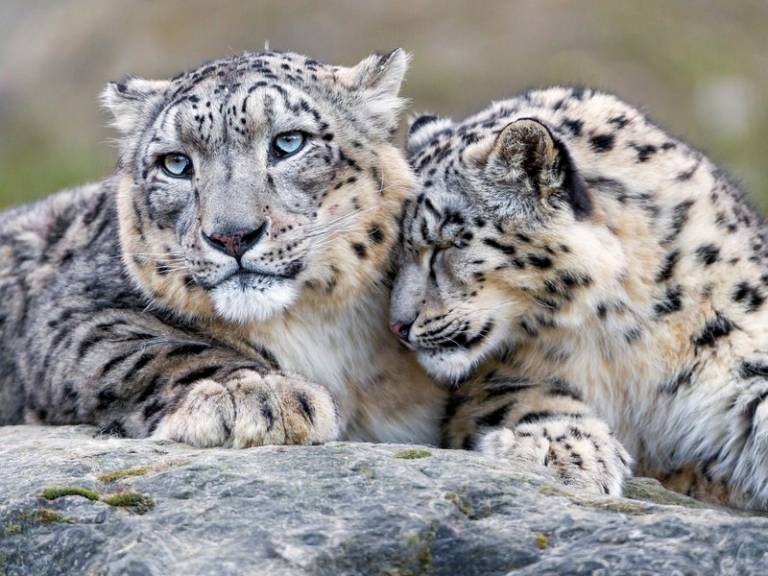How $14 billion protected Earth's species
26 October 2017
Billions of dollars of financial investment in global conservation has significantly reduced biodiversity loss, according to a new University of Oxford-led study involving UCL.

For twenty-five years, it has been known that more money must be spent on nature conservation to prevent a modern mass extinction as serious as that of the dinosaurs. But governments and donors have been unwilling to source the necessary budgets, often because of little hard evidence that the money spent on conservation does any good, especially in developing countries, where investments can easily go astray.
New research, published today in Nature by an international team of scientists led by Dr Anthony Waldron from the University of Oxford, has quantified how the $14.4 billion spent on global conservation between the 1992 Earth Summit and 2003 has significantly reduced biodiversity losses.
"Without the big increases in funding driven by the Earth Summit, we would already have lost about a third more biodiversity than we actually did. More money is still needed, but this finding should now encourage decision makers to re-engage with the Earth Summit's positive vision, and adequately bankroll the protection of earth's biodiversity today," said lead author, Dr Anthony Waldron, a researcher at the Oxford University Biodiversity Institute who is now at the University of Singapore.
The team analysed biodiversity loss across 109 signatory countries that received the funding between 1996 and 2008 and found that biodiversity loss was reduced by an average 29% per country.
They found this by analysing how the relative ranking of species changed in the IUCN Red List over that period, compared to the amount spent on conservation in each country. The IUCN Red List is the world authority on the threat status of species and each species is ranked from 'least concern' to 'extinct'.
"We specifically looked at the bird and mammal species found in each country, to determine if the species that lived there changed either to be more threatened or less threatened according to the IUCN Red List scale. In the vast majority of cases, the trend was towards being more threatened, representing an overall decline in biodiversity. We added up the declines across all species found in each country and compared these values to that country's spend on conservation," explained co-author, Dr David Redding (UCL Genetics, Evolution & Environment and the London School of Hygiene and Tropical Medicine).
The findings can also be used to estimate the budgets needed for biodiversity research and how these will change as countries develop, so preventative action can be taken in a timely manner.
The models used by the researchers allow the changes to be predicted with high accuracy by combining the positive impact of conservation investment with the negative impact of economic, agricultural and population growth. Importantly, they found that as human development pressures grow, funding may need to be increased over time.
"A highly accurate predictive model of biodiversity decline shows, specifically, how different levels of economic development and agricultural expansion require different levels of conservation spending, to counterbalance any negative effects. Such smart allocation of scarce financial resources would support true sustainable development, as called for by the UN," concluded Dr Waldron.
The work was in collaboration with the University of Illinois, Brown University and the University of Georgia.
The study is the fruit of ten years' of collaboration, building and analysing a huge database of conservation funding and biodiversity declines, plus a complex algorithm that divides up responsibility for global species declines among individual countries.
Links
- Research paper in Nature
- UCL Genetics, Evolution & Environment
- UCL Life Sciences
- The IUCN Red List of Threatened Species
Image
- Snow leopards in captivity (credit: Tambako The Jaguar, source: Flickr)
Media contact
Bex Caygill
Tel: +44 (0)20 3108 3846
Email: r.caygill [at] ucl.ac.uk
 Close
Close

